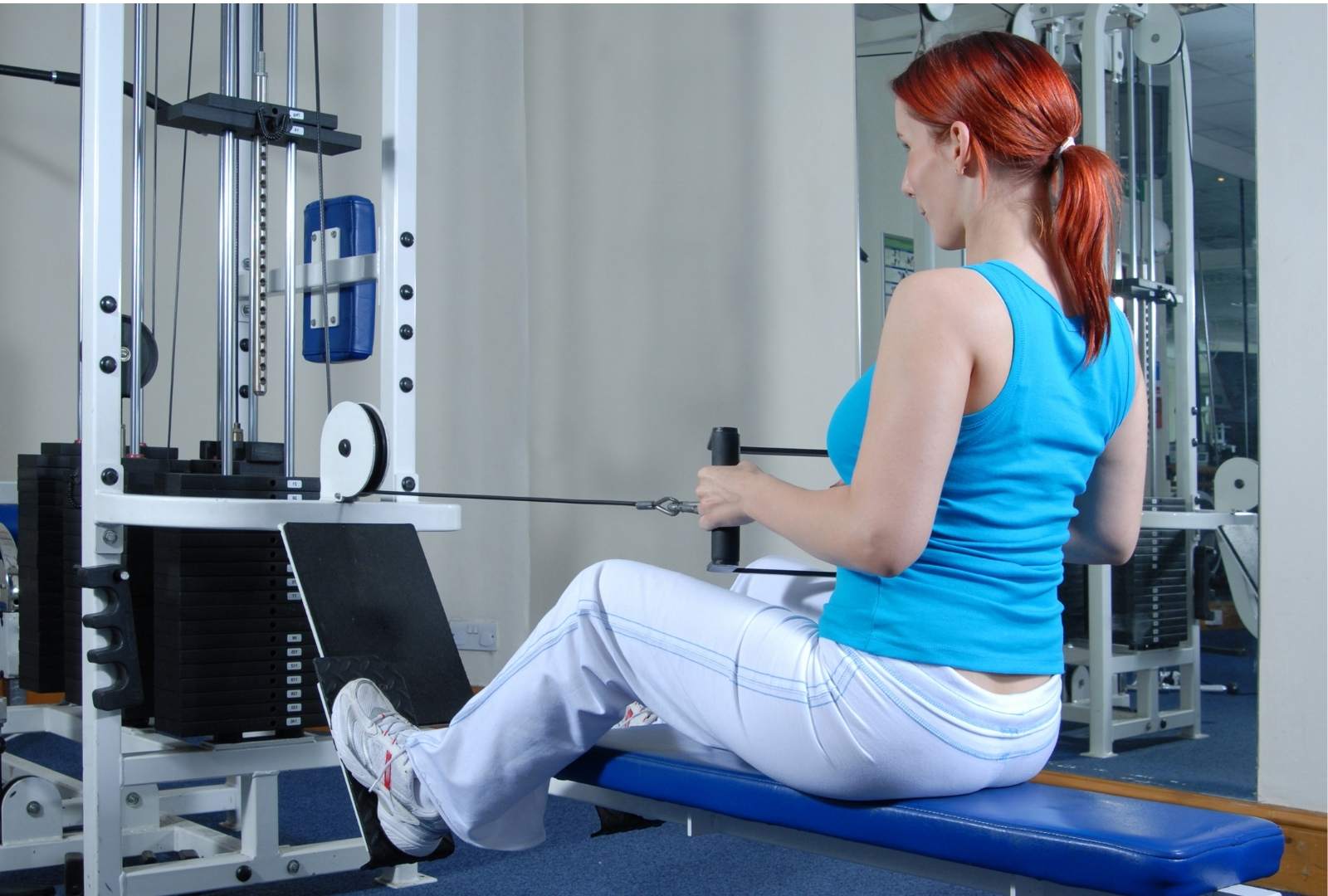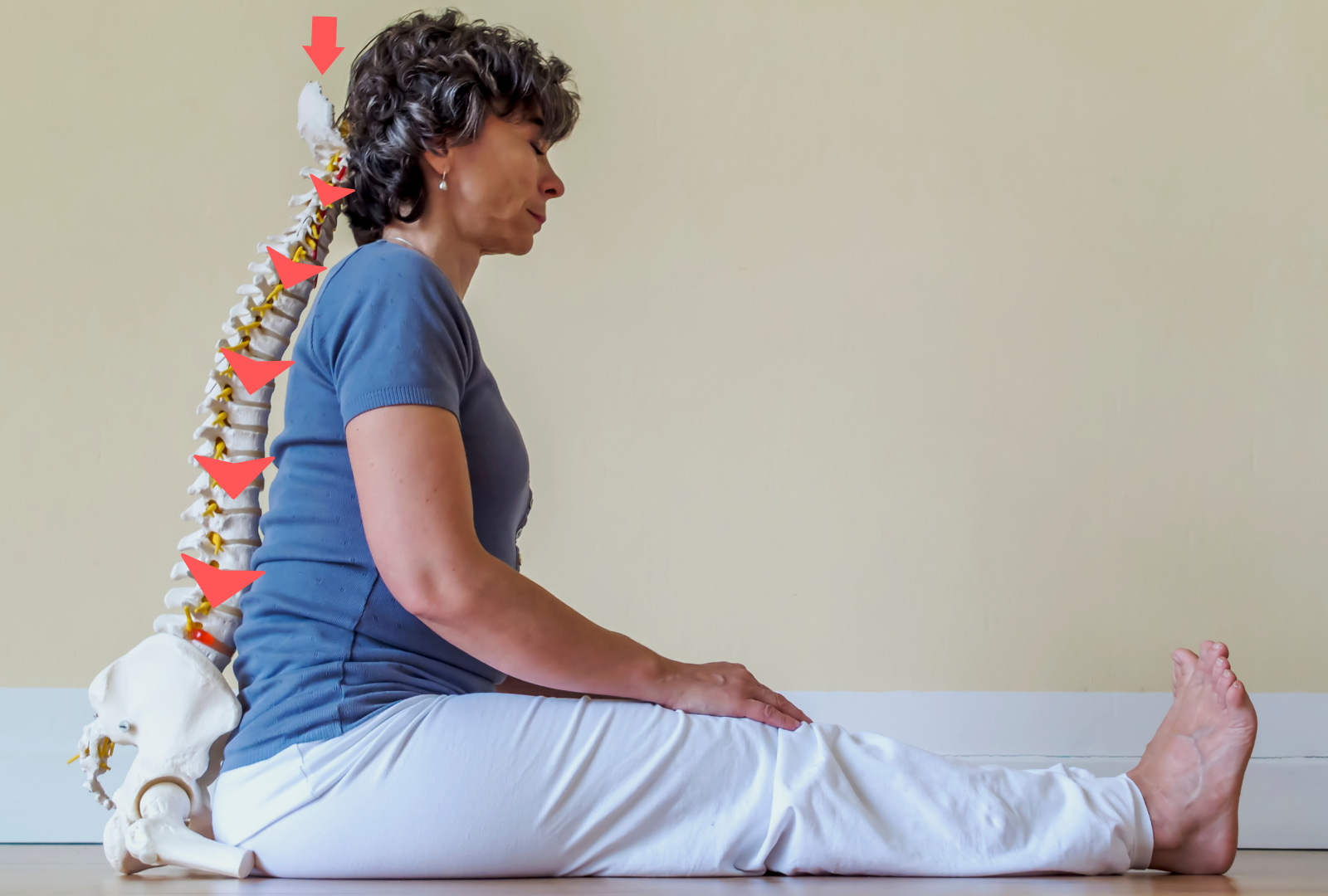
Can you reverse spinal damage?
Steps to restore back health Spinal damage can result from various causes, including poor posture, injuries, degenerative conditions, and prolonged strain. While some forms of

Steps to restore back health Spinal damage can result from various causes, including poor posture, injuries, degenerative conditions, and prolonged strain. While some forms of

The festive season is a time of joy, celebration, and togetherness, but it can also be physically demanding on your body, particularly your spine. From

Benefits of Decompression Device at Home Back pain is a common problem that affects millions of people worldwide, often resulting from poor posture, sedentary lifestyles,

Back pain is one of the most debilitating forms of discomfort, affecting millions of people worldwide. Whether due to sciatica, herniated discs, spinal stenosis, or

Strategies for Healthy Aging Spinal degeneration is a common issue as we age, leading to discomfort, reduced mobility, and various spinal conditions such as osteoarthritis,

Spinal Decompression Therapy Back pain can be a debilitating condition, affecting your quality of life and limiting your daily activities. Among the many treatments available,

One of the best home treatments for spinal compression is to use the Backrack, as it is a natural way to stretch out and decompress your spine.

Walking can indeed be beneficial for a compressed spine. However, walking alone alone may not be enough to treat a compressed spine. It would help if you also considered other treatment options.

Strengthening your back and core muscles can help improve back pain symptoms, as there is less stress placed on the spine.

While degenerative spine changes cannot be reversed, the symptoms they cause can be effectively managed to improve quality of life.

Spinal facets are surfaces where two spinal bones meet and are joined by a type of synovial joints called facet joints.

Myelopathy refers to a condition known as spinal cord compression, while radiculopathy occurs when a nerve root (but not the cord itself) becomes compressed. The latter is more commonly known as a pinched nerve root.